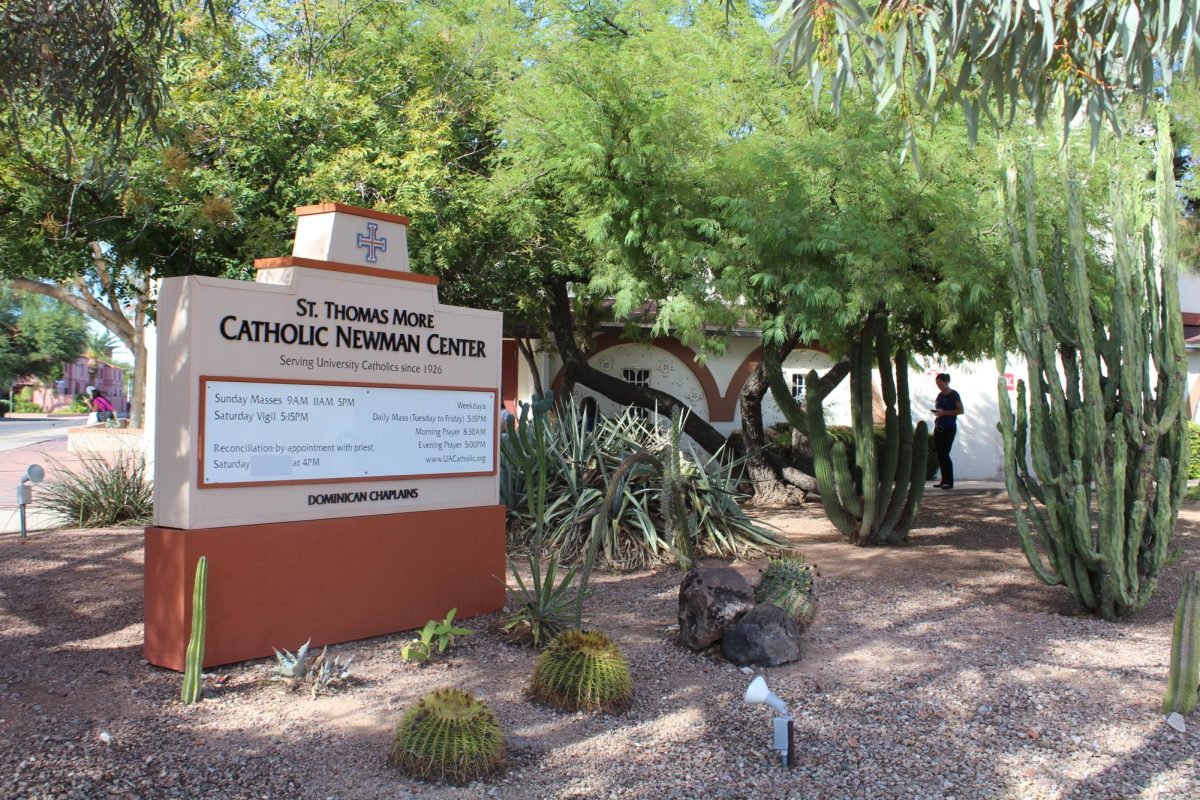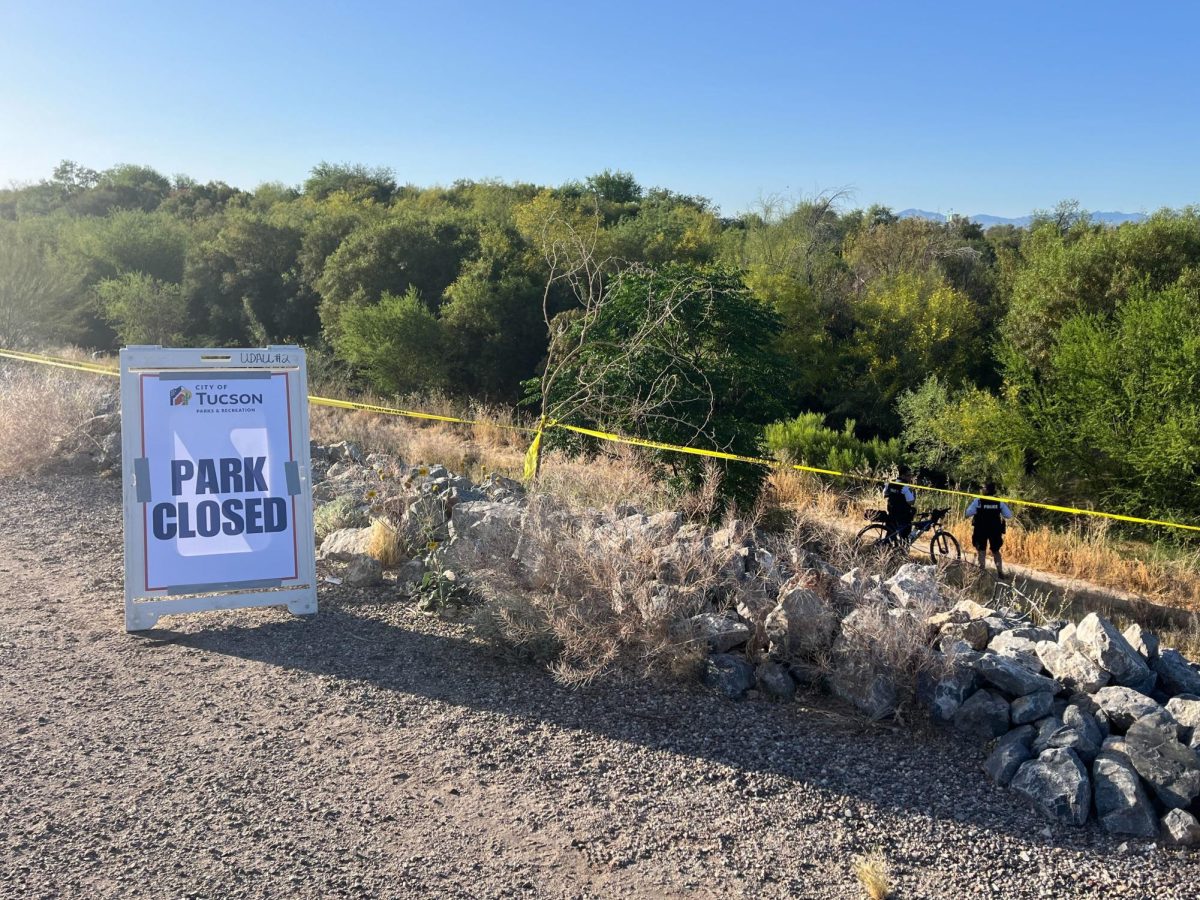UA students have free access to an online resource aiming to help college-goers develop healthy eating and exercising habits.
The Web site, called Live Fit on Campus, lets students log in with their UA NetID and take quizzes, find recipes and search for healthy food options on and around campus. The site features health and nutrition facts specific to college life.
Funded by a $2 million grant from The National Cancer Institute, the Web site was designed as part of a study conducted by Klein Buendel, Inc. Nutrition and fitness experts from around the country developed the site, which was tested by students at four universities, including the UA.
A study was conducted during the 2008-09 school year on students between the ages of 18 and 21 who lived in residence halls. After completing the study, the UA community was given free access to the Web site.
Gale Welter, coordinator of nutrition services for Campus Health Services, helped develop the site. According to Welter, the study found that students who used Live Fit on Campus showed improvement in their fitness and nutrition choices compared to those who did not have access to the site.
Some students have trouble maintaining healthy habits while transitioning into college life because they suddenly have complete freedom over what they eat and a new set of food options.
Pre-pharmacy freshman Kaci Kolberg agrees that it can be difficult for college students to maintain healthy eating habits.
“”I eat about the same amount of food, but I ate better food when I was at home,”” Kolberg said.
For students looking to combat the “”freshman 15,”” Welter recommends taking a quiz or playing an interactive game on the Web site. Both lead users to relevant nutritional information.
Other features include workout tips, dorm room recipes and a search engine to find exercise options in Tucson. Another resource is the “”Track Shack,”” in which students can calculate their Body Mass Index as well as graph what they are eating and how often they exercise.
Live Fit on Campus is different from other health-related Web sites because it’s geared specifically toward UA students.
David Salafsky, director of health promotion-preventive services for Campus Health, finds the Web site especially useful for its local focus on the UA’s commitment to health and fitness.
“”It’s definitely filling a need. I think it’s a great complement to other health services offered by the UA,”” Salafsky said.
Juliette Moore, director of Campus Recreation, agreed that Live Fit gives students links to several campus resources, including the Student Recreation Center.
“”I think it gives them quick access to us,”” Moore said of the site.
Some students had not heard of the Web site before, but plan on using Live Fit in the future.
“”It’d be easy because I’m on the Internet a lot,”” said Victoria Sotelo, a chemistry junior. “”I think I’d like to know my BMI, and I think it’d motivate you to exercise more.””
Other students, however, already have their own method for monitoring eating and exercising habits.
Jack Tribolet, a political science senior, does not plan on using the Web site.
“”I already do my own program,”” he said.
Since Live Fit on Campus became available to all UA students last year, 1,666 students have logged on.
Both Welter and Salafsky plan on promoting the Web site to students and employees in the near future.
“”We hope that utilization does improve because there’s a ton of good information on here,”” Welter said.









